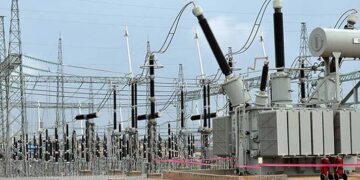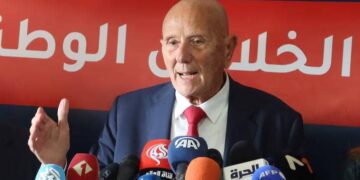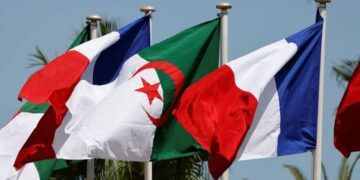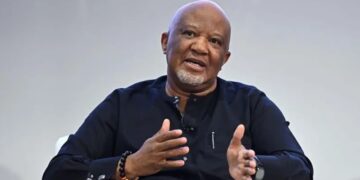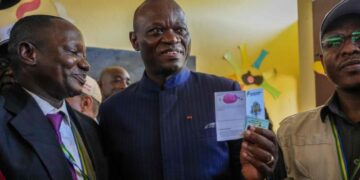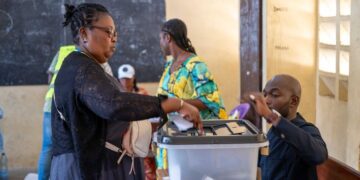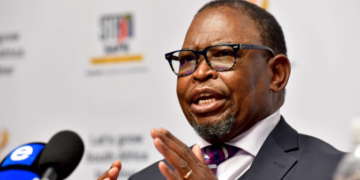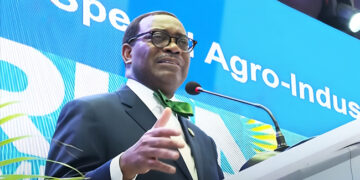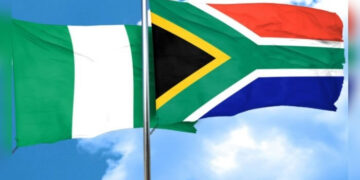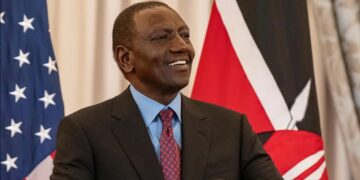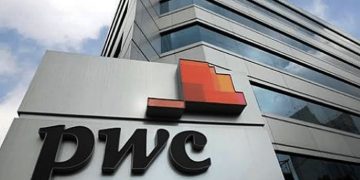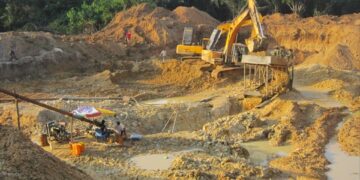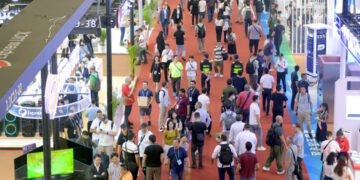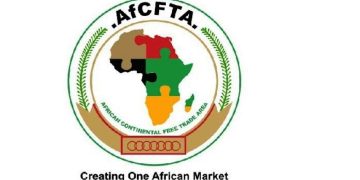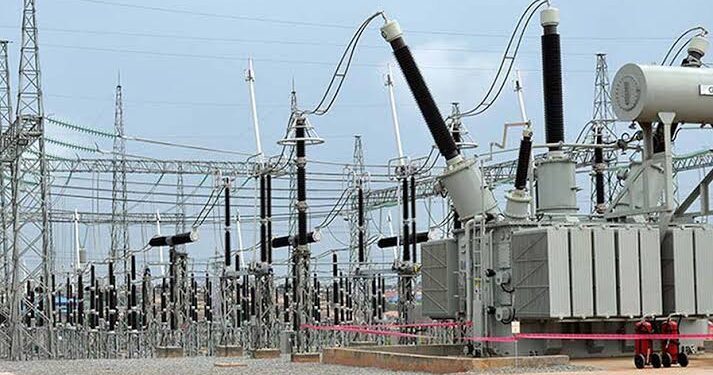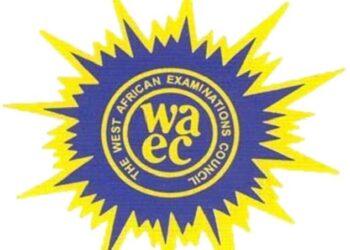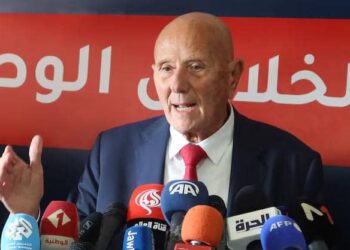By Lucy Adautin
Despite nationwide power supply challenges, Nigeria’s electricity Distribution Companies (Discos) saw a surge in revenue, totaling an extra N62.63 billion in the last quarter of 2023 compared to Q4, 2022.
Recent figures released by the National Bureau of Statistics (NBS) indicate that compared to the previous Q4 in 2022, Discos’ revenues surged from N232.32 billion to N294.95 billion during the period under assessment, marking a growth of over 23 percent.
Nearly all of Nigeria’s 11 electricity distributors have faced accusations of insufficient investment in infrastructure to enhance power supply for over 200 million Nigerians.
Presently, many rely more on self-generated power for their homes and businesses rather than the national grid.
Some experts have opined that the Discos remain the weakest link in the electricity distribution value chain, with just a peak capacity to distribute 5,500mw at a time, while the Generation Companies (Gencos) can generate 13,000mw and the Transmission Company of Nigeria (TCN) has the capacity to wheel 8,000mw at any point.
But the Discos have at various times also complained that they are not allowed by the government to collect cost-reflective tariffs, a development that has hobbled their ability to markedly raise investment in the sector.
Recently, the Nigerian government approved the return of subsidy payment, which was initially pegged at N1.6 trillion for the whole of 2024. However, this is expected to increase significantly above the projection this year, with rising gas prices and other inputs.
The NBS electricity report for the period showed that in terms of revenue collection, Ikeja Disco (IEDC) was by far the highest, with a revenue of N59.75 billion, followed by Eko Disco (EKEDC) with N50.18 billion.
Abuja Disco (AEDC) came third in terms of total revenue during the period, with N46.23 billion and was trailed by Ibadan Disco (IBEDC), which generated N31.81 billion as revenue for the three months under review, while Enugu Disco (EEDC) raked in N23.3 billion.
Benin Disco (BEDC) was next with N22.37 billion, followed by Port Harcourt Disco (PHEDC), which made N20.18 billion during the period and Kano Disco (KEDC), with a revenue of N14.31 billion.
Jos Disco (JEDC) had a revenue of N10.96 billion, Kaduna Electric (KEDEDC) raked in N9 billion, while Yola Disco came last with N6.71 billion as revenue for Q4, 2023.
During the Q4 period under consideration, the total customer number stood at 12.12 million from 11.71 million in Q3, 2023, showing an increase of 3.46 per cent .
A breakdown of the number of customers saw Ibadan leading with the highest, with 2.42 million, Abuja with 1.42 million customers, Benin had 1.34 million customers in Q4, 2024, while Enugu, Ikeja, Kaduna and Yola had 1.32 million, 1.12 million, 838,371 and 814,653 customers respectively during the period.
The rest customers were shared by Jos (734,222), Port Harcourt (724,470), Eko (690,032) and Kano (681,960).
On a year-on-year basis, customer numbers in Q4, 2023 rose by 9.59 per cent from 11.06 million reported in Q4, 2022, the NBS report indicated.
Similarly, metered customers stood at 5.61 million in Q4, 2023, indicating a decrease in the metering growth rate of 1.32 per cent from 5.68 million recorded in the preceding quarter.
Low metering rate remains a major problem in the power sector, with government having to directly intervene by funding the provision of metering devices to Nigerians through various programmes.
Data available shows that the Discos have only funded 10 per cent of total meters supplied to electricity customers in the country since 2013 when the sector was partially privatised.
On a year-on-year basis, this grew by 9.38 per cent from the figure reported in Q4, 2022 which was 5.13 million, it added.
In addition, estimated customers during the quarter were 5.83 million, showing a decrease of 3.34 per cent from 6.03 million in Q3, 2023. Similarly, on a year-on-year basis, estimated customers also decreased by 1.73 per cent in Q4, 2023 from 5.93 million in Q4, 2022.
Ibadan had the highest number of customers on estimated billing, hitting 1.36 million in Q4, followed by Enugu with 709,104 and Yola, with 688,164 estimated customers.
“Revenue collected by the Discos during the period was N294.95 billion from N260.16 billion in Q3 2023. On a year-on-year basis, revenue generated in the reference period rose from N232.32 billion recorded in Q4, 2022,” the report highlighted.
According to the NBS report, electricity supply was 6,432 (Gwh) in Q4, 2023 from 5,732 (Gwh) in the previous quarter.
Ikeja had the highest energy billed and supplied during the period, climbing to 1,070 Gwh, followed by Eko, which had 934 Gwh and Abuja, with 884 Gwh.
However, on a year-on-year basis, electricity supply, the bureau said, increased by 14.64 per cent compared to 5,611 (Gwh) reported in Q4, 2022, the NBS data said.
Aside a human resources problem, the power sector in Nigeria is beset with other challenges like power theft, gas shortages, incessant infrastructure vandalism, absence of cost-reflective tariffs, estimated billing, lack of adequate investment, among others.
